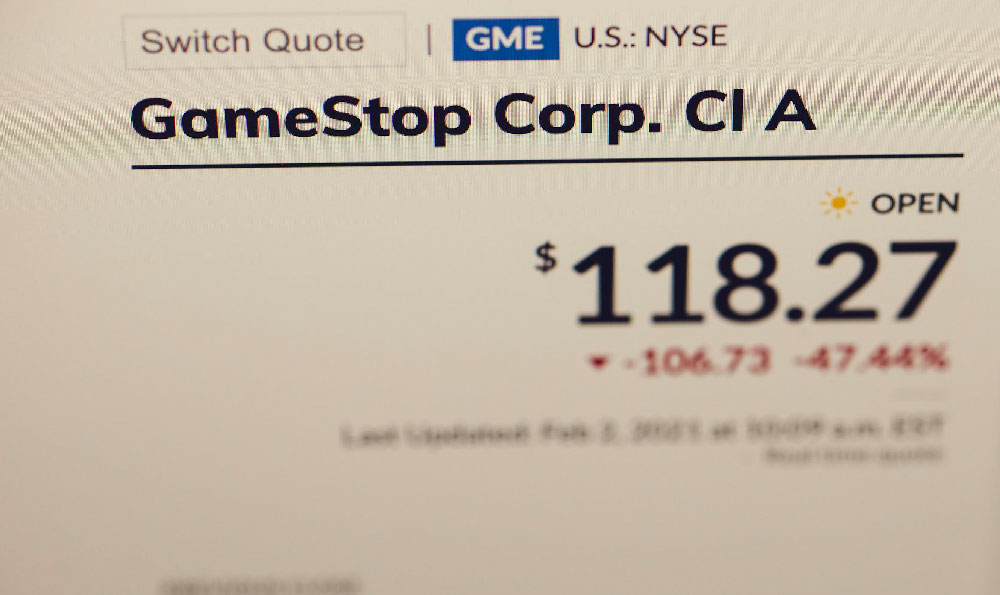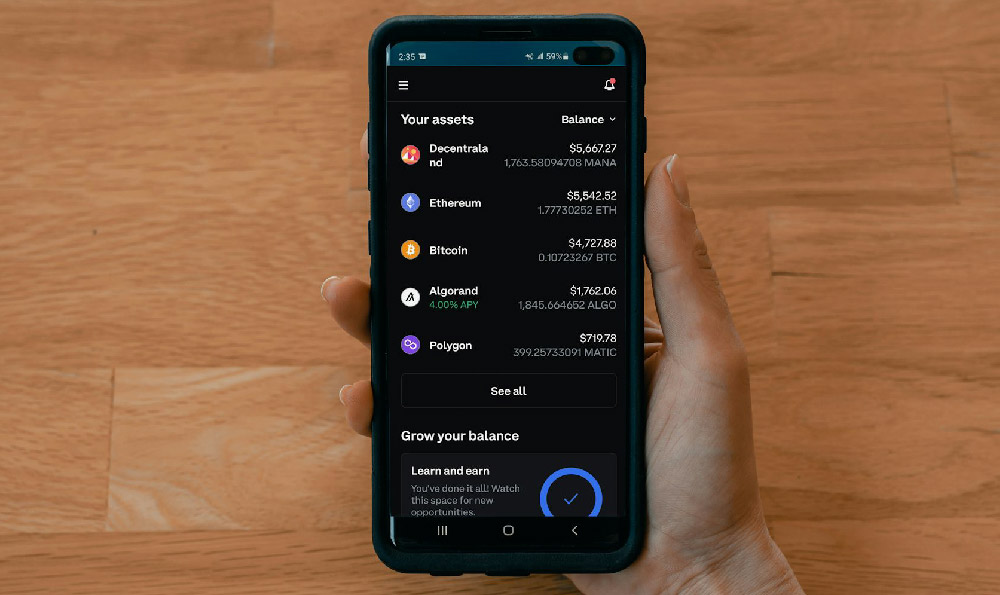Who earns how much on YouTube?
The question of who earns how much on YouTube is deceptively complex. It’s a tantalizing query that fuels dreams of overnight success and financial freedom, but the reality is far more nuanced than simply counting subscribers and views. Numerous factors contribute to a YouTuber's earning potential, creating a vast spectrum of income levels. Let's delve into the intricate mechanics that determine who profits the most from this powerful platform.
One of the most fundamental aspects influencing earnings is the sheer volume of views. YouTube partners, those who have joined the YouTube Partner Program (YPP), monetize their channels primarily through advertisements. These ads, displayed before, during, or after videos, generate revenue based on the cost per mille (CPM) or cost per click (CPC) metrics. CPM represents the cost an advertiser pays for one thousand views of their ad, while CPC reflects the amount paid each time a viewer clicks on the ad. These rates fluctuate wildly depending on a variety of factors, including the viewer's geographic location, the demographics of the audience, the topic of the video, and the seasonality of advertising. For instance, channels focusing on finance or technology, attracting viewers in affluent countries like the United States or Canada, tend to command higher CPMs than those catering to audiences in developing nations or specializing in niche hobbies.
Beyond raw views, engagement plays a crucial role. YouTube's algorithm favors videos with high watch times, likes, comments, and shares. These signals indicate to the platform that the content is valuable and engaging, leading to greater visibility in search results and recommendations. This, in turn, translates to more views and, ultimately, higher earnings. A channel with a dedicated and active audience is far more lucrative than one with a large but passive subscriber base. YouTubers who actively interact with their viewers, respond to comments, and cultivate a sense of community often experience significant growth in both engagement and revenue.

The niche, or content category, is also a significant determinant of earning potential. Some niches are inherently more profitable than others. As mentioned earlier, finance, technology, business, and self-improvement channels typically attract advertisers willing to pay higher CPMs. These channels often feature products and services with high profit margins, making advertising more attractive to companies in these sectors. Conversely, channels focusing on gaming, vlogging, or entertainment may have lower CPMs, although they can compensate with higher view counts and sponsorship opportunities.
Sponsorships and brand deals constitute a significant revenue stream for many YouTubers, especially those with a large and engaged audience. Companies pay YouTubers to promote their products or services in their videos, either through dedicated segments, product placements, or affiliate links. The value of these sponsorships depends on several factors, including the YouTuber's reach, the target audience, the perceived influence, and the duration of the promotion. YouTubers with highly engaged audiences who align with a brand's target demographic can command substantial fees for sponsorships, often exceeding their advertising revenue. Negotiating favorable sponsorship deals is a critical skill for YouTubers seeking to maximize their earnings.
Merchandise sales offer another avenue for revenue generation. YouTubers can create and sell branded merchandise, such as t-shirts, mugs, hoodies, and accessories, to their fans. This not only provides a direct source of income but also strengthens the connection between the YouTuber and their audience. Successful merchandise campaigns require careful planning, effective marketing, and a strong understanding of the target audience's preferences.
The size and loyalty of a channel's subscriber base directly correlate to its earning potential. While a large subscriber count doesn't automatically guarantee high earnings, it provides a foundation for consistent views and engagement. Loyal subscribers are more likely to watch new videos, interact with content, and purchase merchandise, contributing significantly to the channel's overall revenue. Building a strong and engaged subscriber base requires consistent content creation, active engagement with viewers, and a clear understanding of the target audience's needs and interests.
Diversification of income streams is crucial for long-term sustainability. Relying solely on advertising revenue can be risky, as CPM rates can fluctuate significantly. Successful YouTubers often diversify their income by pursuing multiple revenue streams, including sponsorships, merchandise sales, affiliate marketing, online courses, and Patreon subscriptions. This provides a buffer against fluctuations in advertising revenue and creates a more stable and predictable income stream.
Beyond these tangible factors, intangible elements like personality, charisma, and authenticity play a significant role in a YouTuber's success. Viewers are drawn to creators who are genuine, relatable, and passionate about their content. These qualities foster a sense of connection and trust, leading to greater engagement and loyalty. While talent and skill are important, authenticity can be just as valuable in building a successful YouTube channel.
Finally, consistency is key. Regularly uploading high-quality content is essential for maintaining audience engagement and attracting new viewers. Consistency not only keeps viewers engaged but also signals to YouTube's algorithm that the channel is active and worth promoting. A consistent upload schedule helps build momentum and fosters a loyal following, which translates to increased views and, ultimately, higher earnings.
In conclusion, determining who earns how much on YouTube is a complex equation involving numerous variables. While high view counts are essential, engagement, niche selection, sponsorships, merchandise sales, subscriber loyalty, and diversification of income streams all play significant roles. Furthermore, intangible qualities like personality, charisma, and authenticity can significantly impact a YouTuber's success. Ultimately, the most successful YouTubers are those who understand the platform's mechanics, consistently create high-quality content, actively engage with their audience, and adapt to the ever-changing landscape of online video. The path to YouTube success is not a guaranteed formula, but rather a combination of strategy, hard work, and a genuine connection with viewers.















